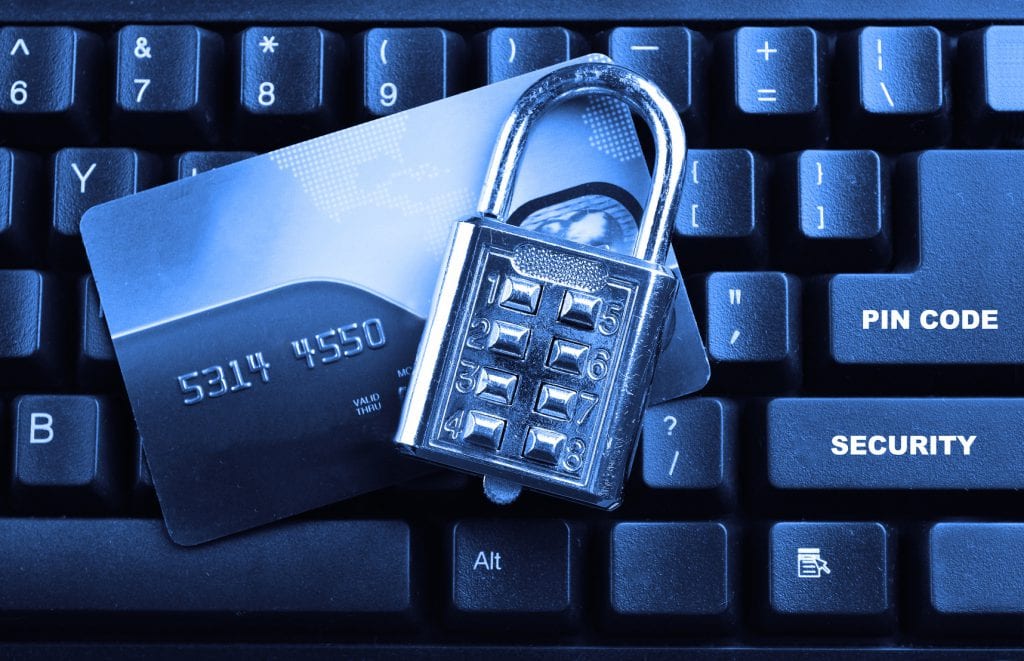What is tokenization?
Tokenization is a technology that allows for more secure payments by substituting sensitive consumer account data for a random number that is unique to each transaction– a digital token. This token contains no consumer account data, and instead is simply a map to where the bank has stored a consumer’s data within its own secure systems. Because tokens are unique to their transactions they are useless to hackers who would use them for further transactions. Simply put, tokenization means that sensitive consumer account data never travels through the retailer systems and instead stays safely locked in the banks secure infrastructure. Because the process works behind the scenes, customers won’t be required to do anything different from what they’re used to.
How does tokenization work? In the tokenization process, the merchant can conduct a normal transaction without seeing or storing the customer’s account number, expiration date or other information contained on a card. Since the customer’s account number is not used, hackers are left with nothing of value to steal if they break into the merchant’s computer servers. The customer’s real account number remains stored in the bank’s highly-secured virtual vaults.
How will it be used? The new technology can be used for online transactions and payments made in a brick and mortar store with a smartphone. Tokenization is particularly important for merchants who store account information for recurring transactions because only the token data is stored.
When will it be available? Tokenization is already being used in some mobile payment systems such as Apple Pay and is quickly gaining traction.
Are there other enhancements to card security? New innovations in card security, like tokenization, are part of a broader push by banks to improve security for the electronic payments system. While tokenization provides greater security for online and mobile payments, other technologies will provide more secure transactions at physical stores.
Extensive efforts are already under way to implement chip-based payment cards, also known as EMV. A chip card is a standard-size credit card plastic with an embedded microprocessor chip that stores and protects cardholder data. If your card is lost, stolen or compromised in a data breach, the embedded microchip makes the card extremely difficult to counterfeit or copy. Visa and MasterCard have issued upcoming rules and guidelines for processors and merchants to support EMV chip technology, which goes into effect in October 2015.
The American Bankers Association is the voice of the nation’s $15 trillion banking industry, which is composed of small, regional and large banks that together employ more than 2 million people, safeguard $11 trillion in deposits and extend more than $8 trillion in loans.
Click here for a high-res version of the infographic.
